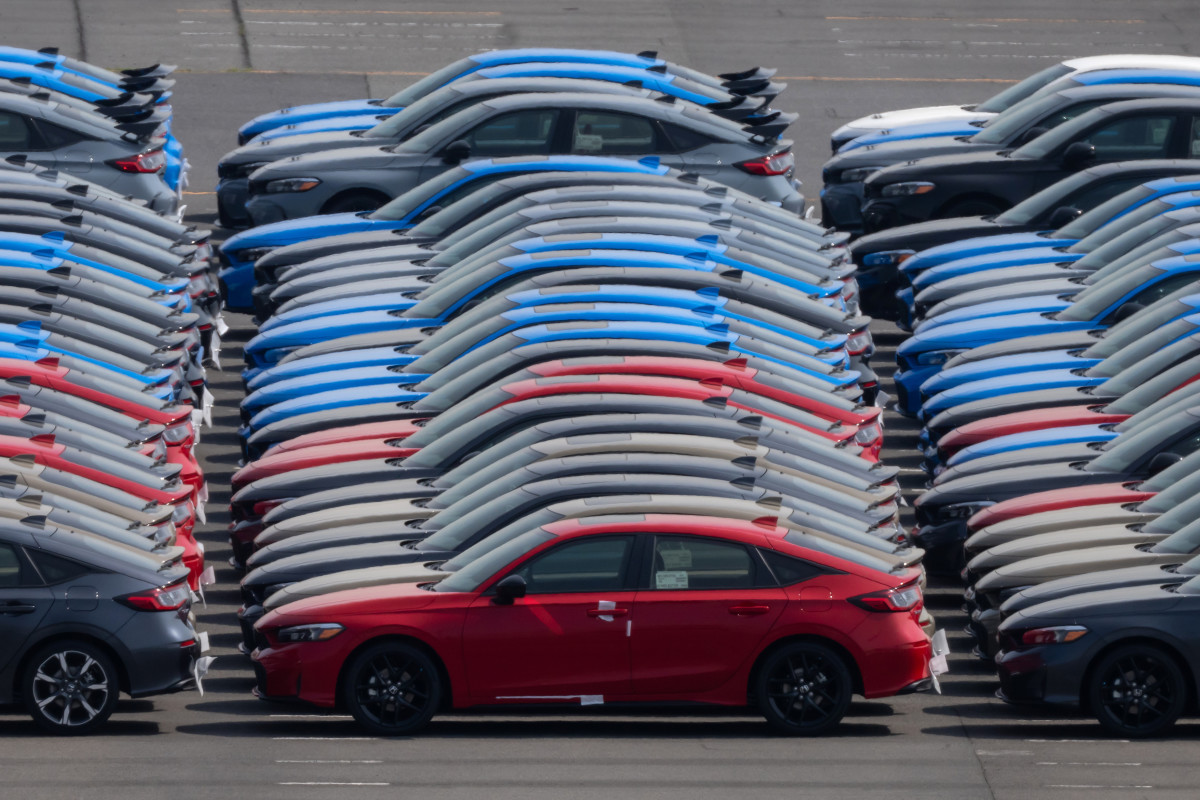Tariff Effects

Remember Dan Ives, the outspoken analyst from Wedbush Securities? Well, he’s ringing the alarm bells about President Trump’s recent tariffs on imported cars and parts. Ives, who’s often all about optimism—particularly when it comes to Tesla—is worried this time. Trump’s policy, which hit the ground running in early April, slaps a hefty 25% tariff on all imported vehicles. And come May 3, these tariffs will extend to essential parts like engines and transmissions.
The Impact

Dan Ives isn’t holding back. These tariffs, he argues, could send the auto industry into chaos, especially as it currently relies on a complex global supply chain. The idea of solely U.S.-made cars is more wishful thinking than reality. Automakers might face soaring costs, and that means consumers could find themselves shelling out an extra $5,000 to $15,000 for new vehicles. This price hike might dampen enthusiasm for new cars by as much as 20% in the near future, shaking the industry all the way from car manufacturers to local dealerships.
Industry Ripple Effect
Consider automakers based in the U.S., like the big three in Detroit and even Tesla. They import a significant chunk—around 40% to 50%—of their parts from overseas. Repatriating even a fraction of the supply chain stateside would be a logistical nightmare, demanding years of effort and billions of dollars. Contracts with suppliers are usually ironclad long before a car model hits production, which tightens the timeline even more.
Related: Tariffs Predicted to Decrease US and Canada Auto Sales by 1.8m as Audi Holds Cars in Ports
Driving Feel
On the road, cars affected by this policy would likely cost a pretty penny, impacting buyers’ decisions and possibly pushing them toward used vehicles. Think of it like a high-end sports car suddenly priced out of reach—not just because of superior parts, but due to supply chain costs rising across the board. The driving experience might remain the same, but the path to ownership becomes steeper. This adds another layer of complexity for automakers who aim to keep up with global players in terms of luxury or innovation. Essentially, no one’s really winning if these measures come to fruition, except maybe competitors abroad who swoop in offering un-tariffed alternatives.
Conclusion
In conclusion, these tariffs could shake up the automotive world more than any new model could. Manufacturers are bracing for impact, and unless some negotiations throws a curveball, it’s uncertain if the industry, or the consumer, can weather this storm without feeling the pinch. If it’s true that a 25% ride is coming for the industry, everyone might be on the lookout for a smoother route.
Ferrari Hot Wheels Revamp
Auto Tariffs Shake Up
Ineos SUV Price Surge
Audi A6 Unveiled
Tariffs Shake Auto Industry